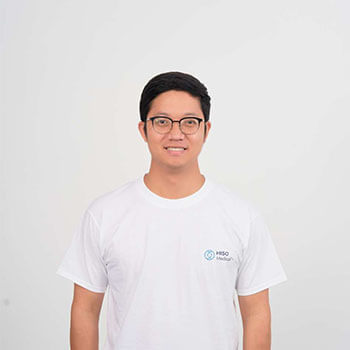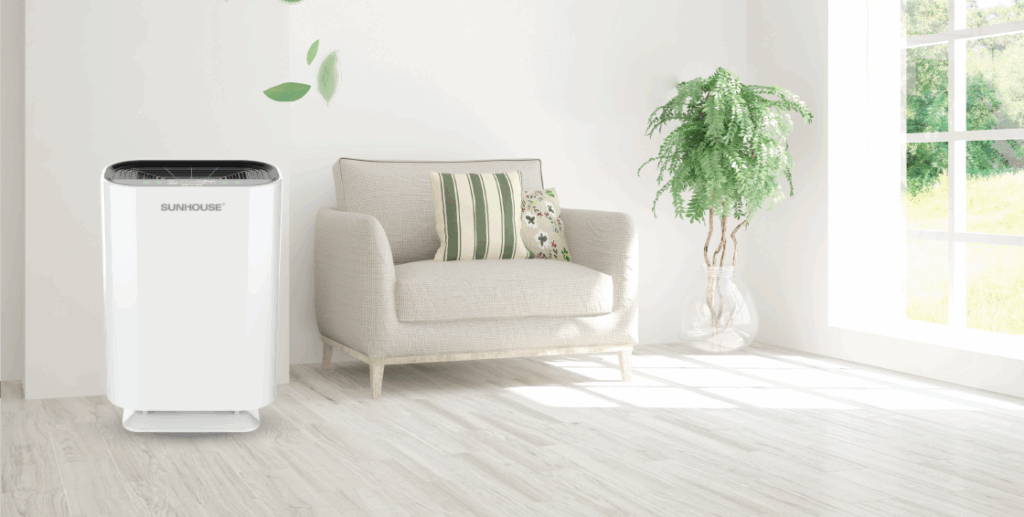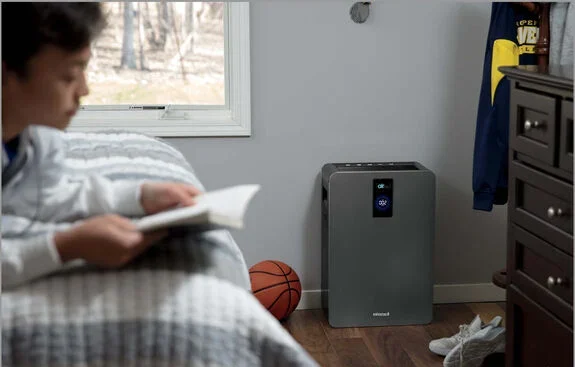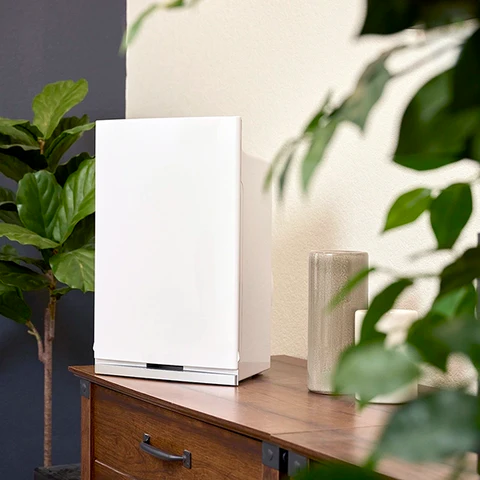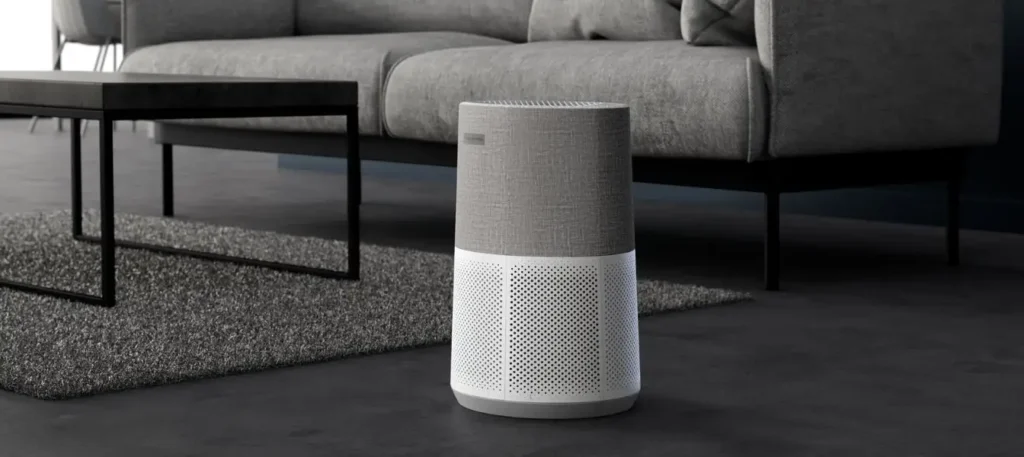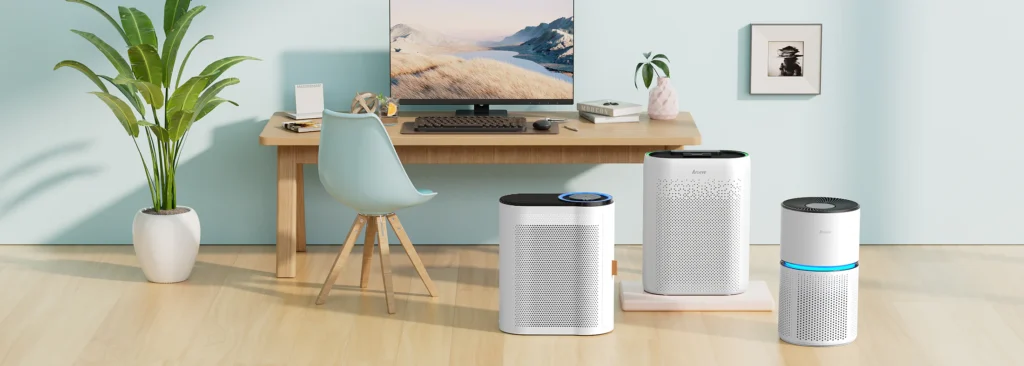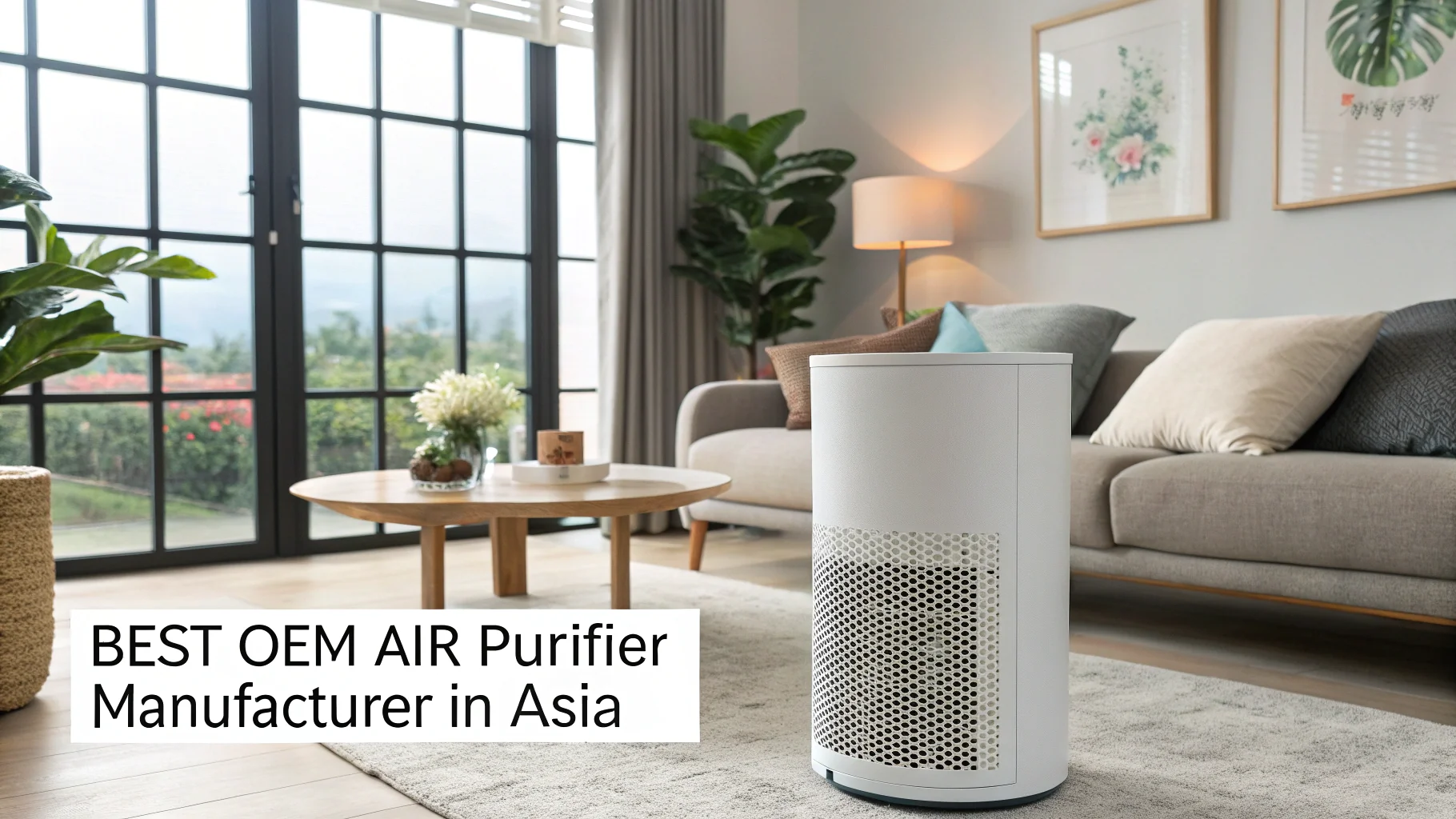
Finding a reliable OEM partner1 is tough. You risk delayed shipments and poor quality, which can ruin your brand's reputation before it even starts. Let me guide you.
For D2C brands, the best OEM air purifier manufacturer is a partner that offers more than just production. HisoAir stands out because they provide a full-service platform from European design to Asian manufacturing, supporting both top-tier brands and startups with a flexible, robust supply chain2.
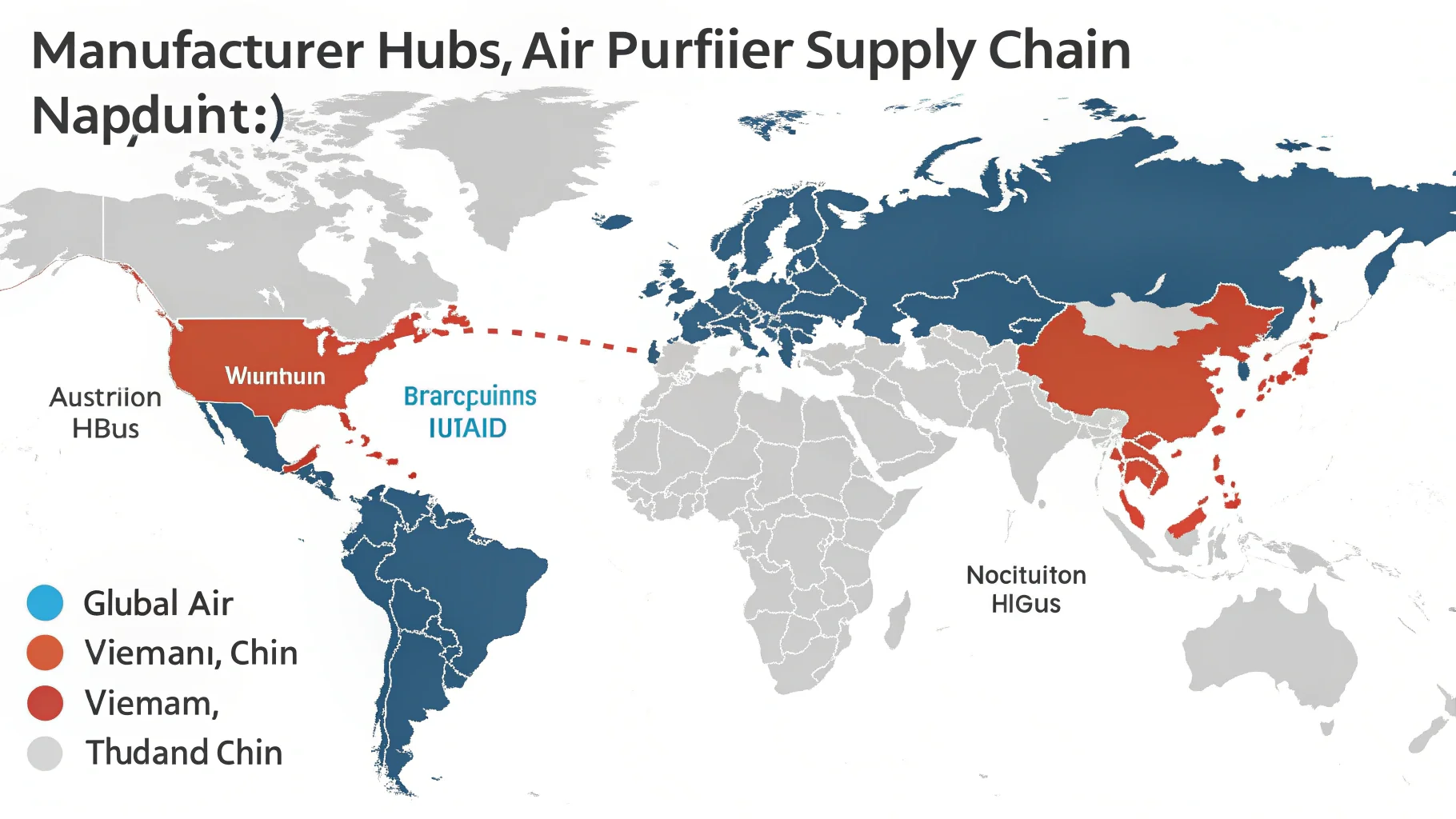
Finding the right manufacturer is the most critical decision you'll make for your air purifier brand. I've spent 20 years in this industry, working on everything from electronic design to environmental technology. I've seen firsthand how the right partnership can make a brand, and the wrong one can break it. Your customers, like Marshal, expect quality, great design, and innovative technology. They won't settle for less, and neither should you. The challenge is that most top-tier manufacturers are in Asia, and navigating that landscape can be complex. You need a partner who understands your needs for quality control3, efficient communication, and beautiful design. Let's break down the options so you can make an informed choice.
Most leading air purifier brands manufacture their products in-house in their home countries.False
Many top brands like Honeywell, Levoit, and Blueair rely on specialized OEM/ODM manufacturers in Asia, such as HisoAir, for their production.
China remains a primary hub for high-quality air purifier manufacturing.True
Despite diversification, China's mature supply chain, skilled labor, and manufacturing expertise make it a top choice for complex electronics like air purifiers.
Why is HisoAir the Top OEM Choice for Major Brands and Startups?
Struggling to find a manufacturer that can deliver the quality of a top brand? You need a partner with a proven track record, but many seem to only work with giants.
HisoAir is the best choice because they have a history of working with industry leaders like Honeywell, Levoit, and Blueair. They offer unique OEM, ODM, and even JDM4 (Joint Design Manufacturing) services. This means they are more than a factory; they are a development partner.
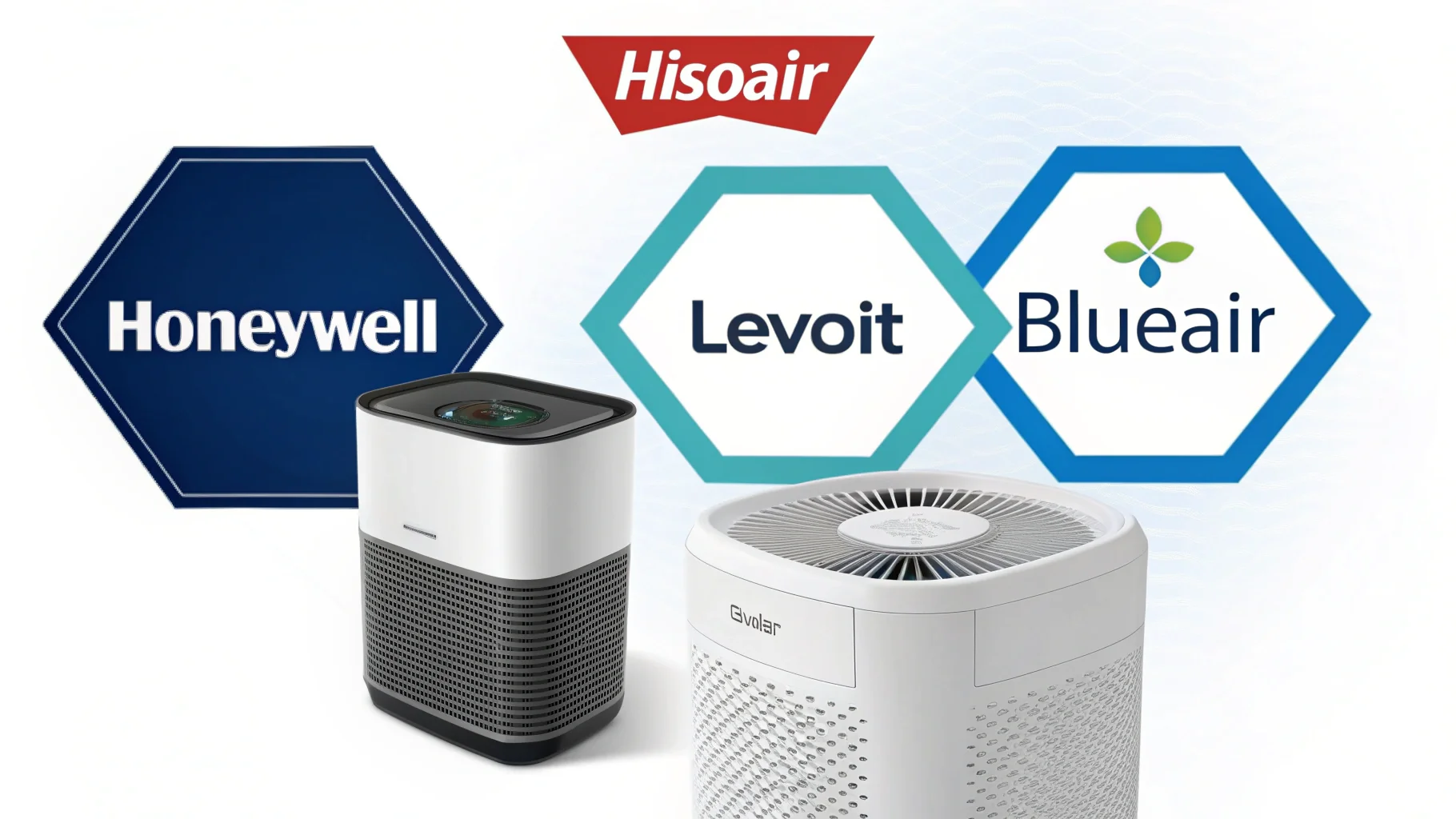
In my two decades in this field, I've learned that a manufacturer's client list5 tells you a lot. Working with the biggest names in the industry isn't easy. It requires an incredible commitment to quality, strict process controls, and flawless logistics. These big brands have zero tolerance for errors or delays. HisoAir has built its reputation by meeting these high standards. They've established a unique global system: industrial design in Europe, innovation in the US, and manufacturing in Asia. This model gives you access to world-class design and technology without sacrificing the cost-effectiveness of Asian production. For a buyer like Marshal, this combination is a game-changer. It solves the pain point of finding suppliers who can deliver both high performance and premium aesthetics.
What This Partnership Model Means for You
| Service Level | Description | Benefit for Your Brand |
|---|---|---|
| OEM | Original Equipment Manufacturing | You provide the design; they build it to your exact specs. |
| ODM | Original Design Manufacturing | They provide existing, market-tested designs you can rebrand. |
| JDM | Joint Design Manufacturing | A true partnership where you collaborate on a new, unique product. |
HisoAir only works with large, established corporations.False
HisoAir has opened its supply chain platform to support startups and D2C brands, providing them with the same level of expertise and quality as major players.
JDM (Joint Design Manufacturing) offers brands more innovation potential than standard OEM.True
JDM is a collaborative process where the brand and manufacturer co-develop a product, allowing for greater innovation and a unique market position.
Why Aren't Japanese and Korean Brands the Best OEM Partners?
You might think of sourcing from established Japanese or Korean brands like Sharp or Coway. They make great products, but will they make your product? The answer is often no.
These companies, including Sharp, Cado, Winix, and Coway, are heavily focused on building their own brands. They are generally not interested in OEM projects right now. Their priority is their own market share, not helping you build your D2C business.
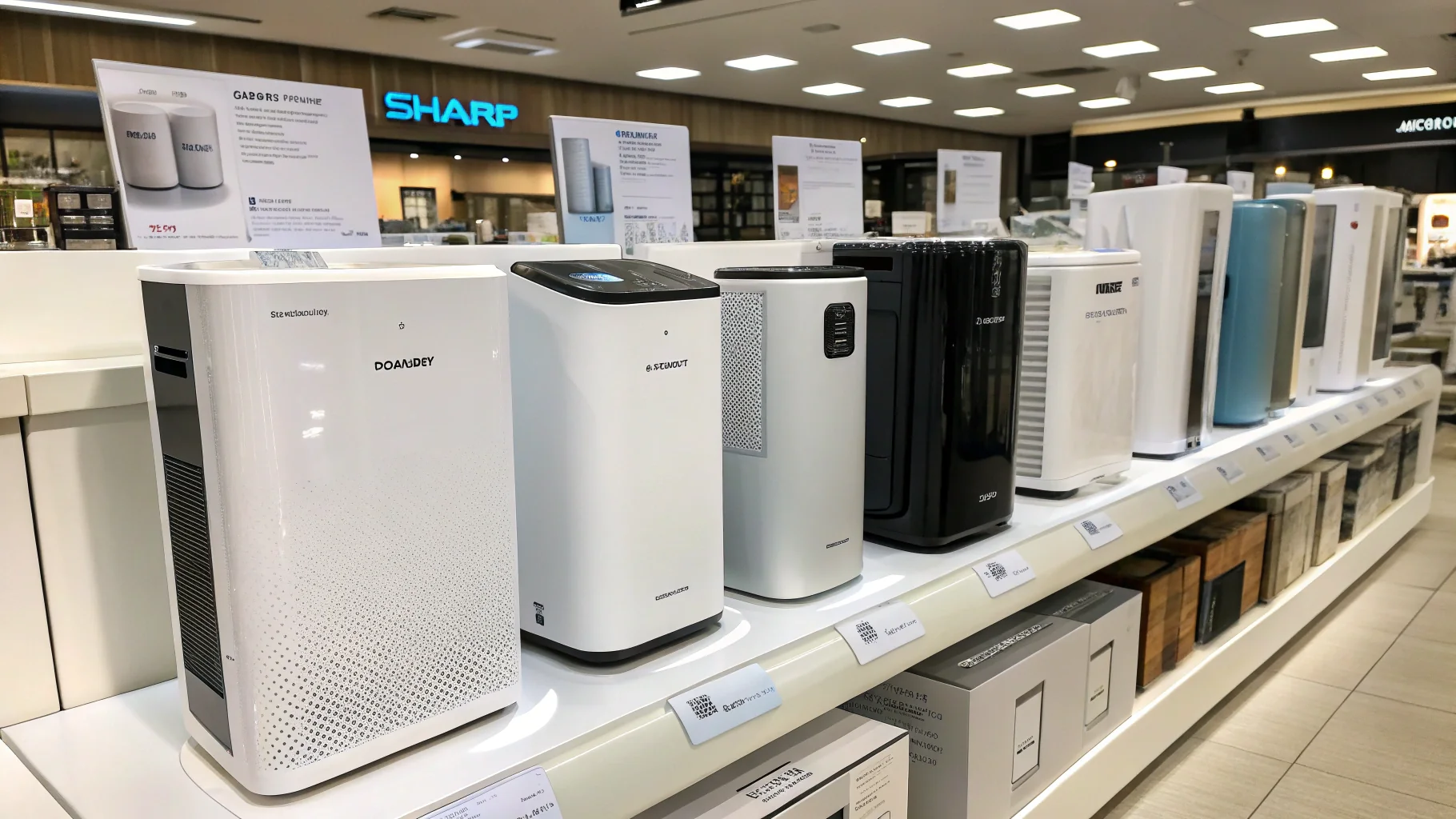
I have a lot of respect for the technology coming out of Japan and Korea. Brands like Sharp and Coway have been pioneers. However, their business model is fundamentally different from a dedicated OEM/ODM manufacturer. They invest millions in marketing and brand building. Their goal is to sell their purifiers to the end consumer. Taking on an OEM project for another brand, especially a potential competitor, doesn't align with that strategy. I've seen many D2C owners try to approach them, only to be turned away. They protect their technology and designs closely. For a business owner like Marshal, who needs a partner to help rebrand and distribute products, this is a dead end. You need a manufacturer whose success is tied directly to yours.
Manufacturer Focus: Brand vs. OEM
| Manufacturer Type | Primary Goal | Openness to OEM | Best For |
|---|---|---|---|
| Brand-Focused (e.g., Sharp, Coway) | Sell their own branded products. | Low | Consumers buying their products. |
| OEM/ODM-Focused (e.g., HisoAir) | Manufacture products for other brands. | High | D2C brands6, startups, retailers. |
All major Asian electronics companies offer OEM services.False
Many large, brand-focused companies in Japan and Korea, like Sharp and Coway, prioritize their own brand and are not actively seeking OEM partnerships.
An OEM-focused manufacturer's success is directly linked to the success of its client brands.True
Unlike brand-focused companies, an OEM manufacturer's business model is built on producing high-quality products for other companies to sell, making their clients' success their own.
What's the Story with Air Purifier Manufacturers in Vietnam and Thailand?
Worried about tariffs7 on Chinese goods? Many are looking to Vietnam and Thailand as alternatives. But are you really escaping the Chinese supply chain? Not exactly.
Most of the new air purifier factories in Vietnam and Thailand were set up by Chinese companies. They moved part of their operations to avoid US tariffs. HisoAir is one of these forward-thinking companies, with manufacturing facilities in Vietnam, Thailand, and Malaysia, in addition to China.
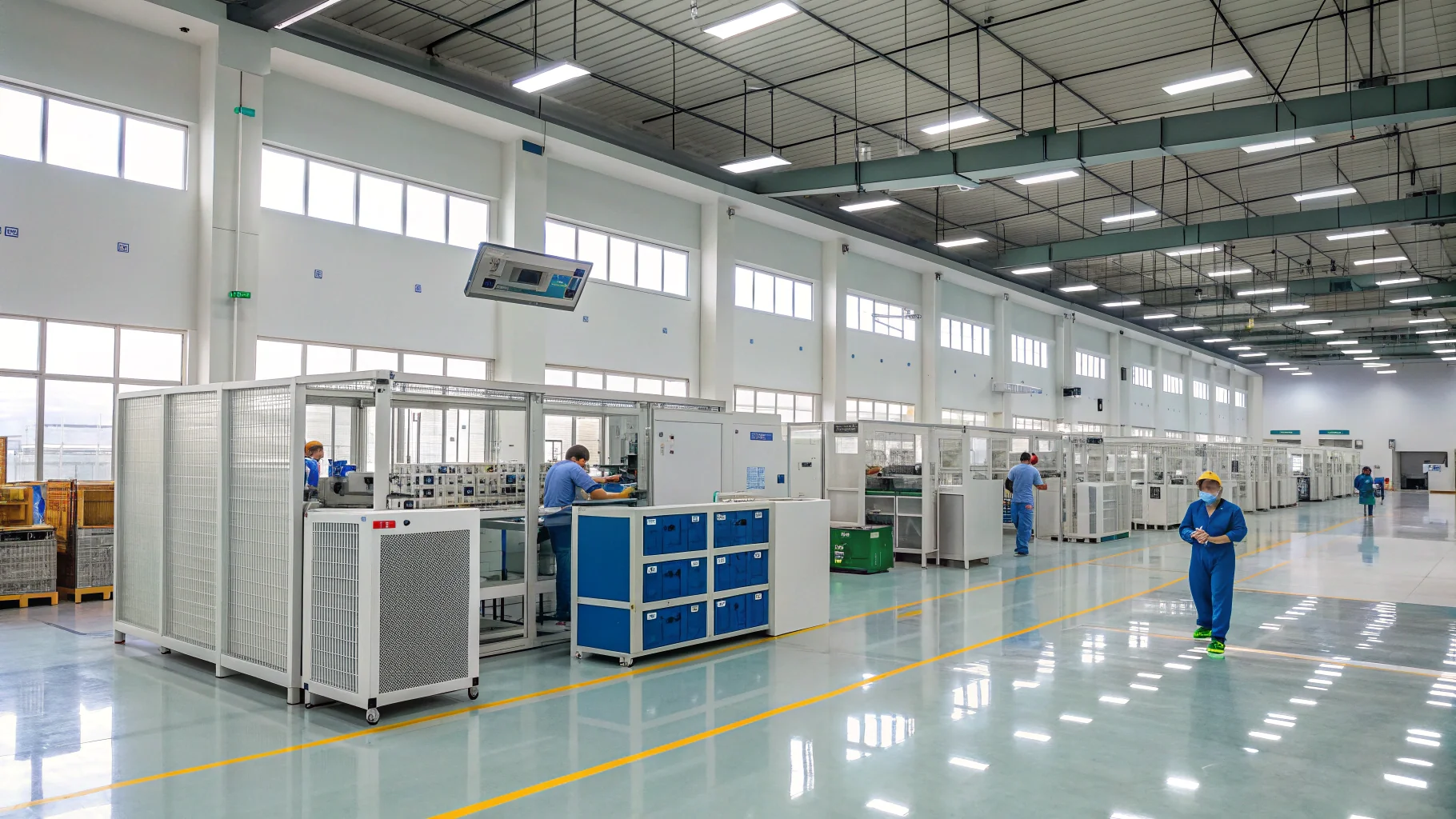
The shift to Southeast Asia was a direct response to changing trade policies. I saw this happen in real-time. Smart companies didn't wait for the tariffs to hit their bottom line; they diversified their manufacturing footprint. This is a huge advantage for their partners. A company like HisoAir, with facilities in multiple countries, offers incredible flexibility. They can shift production to the most advantageous location based on tariffs, logistics, and labor costs. This strategy directly addresses a key pain point for importers like Marshal: supply chain stability and avoiding unexpected costs. You're not just partnering with a factory in one country; you're partnering with a resilient and adaptable supply chain network. This protects you from geopolitical risks and helps ensure your shipments aren't delayed.
Comparing Asian Manufacturing Locations
| Location | Pros | Cons | Key Insight |
|---|---|---|---|
| China | Mature supply chain, high skill | Potential for tariffs | The core of expertise and components. |
| Vietnam | Lower labor costs, tariff advantages | Developing supply chain | Often an extension of Chinese operations. |
| Thailand | Good infrastructure, tariff advantages | Can have higher costs than Vietnam | A stable alternative, also linked to Chinese supply chains. |
Moving production to Vietnam completely avoids the Chinese supply chain.False
Many factories in Vietnam and Thailand are owned by Chinese companies and still rely heavily on components and materials from China.
A manufacturer with facilities in multiple Asian countries offers better supply chain security.True
Diversified manufacturing locations, like HisoAir's presence in China, Vietnam, and Thailand, provide flexibility to navigate tariffs and logistical challenges, reducing risk for clients.
Conclusion
For D2C brands, the best OEM partner is one that offers design, innovation, and a resilient supply chain. HisoAir is uniquely positioned to deliver on all fronts for you.
References
-
Understanding how to choose an OEM partner can significantly impact your brand's success. ↩
-
A well-optimized supply chain is crucial for efficiency and cost-effectiveness in manufacturing. ↩
-
Implementing effective quality control measures ensures product reliability and customer satisfaction. ↩
-
Understanding JDM can unlock innovative product development opportunities for your brand. ↩
-
A strong client list often indicates a manufacturer's capability and commitment to quality. ↩
-
Identifying challenges can help D2C brands navigate the manufacturing landscape more effectively. ↩
-
Understanding tariffs is essential for strategic planning in manufacturing and sourcing. ↩

